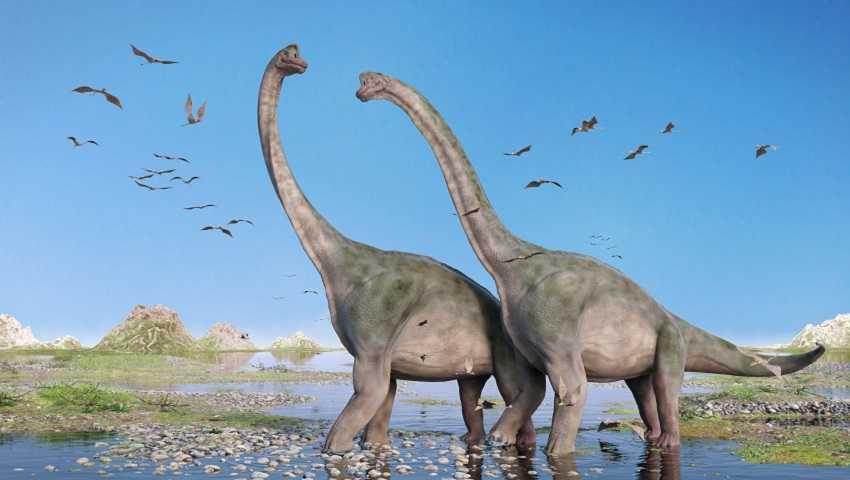Explore the World's Best Ideas
Join today and uncover 100+ curated journeys from 50+ topics. Unlock access to our mobile app with extensive features.
Knowing how dinosaurs look
Nobody today has ever seen a dinosaur in real life. We may have seen museum models and illustrations, but we don't know if dinosaurs really looked like that.
The best skeletons are only 90% complete, and even specialists called paleoartists have to make informed guesses.
10
397 reads
Dinosaur's stance, head, muscle and fat
- Stance: Without cartilage and connective tissues, experts map extinct skeletons against how birds and reptiles stand and walk.
- Head: Dinosaurs were terrestrial and may have needed to trap moisture inside their mouths. That's why many depictions have partial lips similar to lizards.
- Muscle and fat: Paleontologists most often refer to the same muscle groups in birds. A T. rex is given a thicker neck because he could bite through bones.
11
110 reads
Dinosaur's limbs and skin
- Limbs: The structure of the bones can show how appendages moved. The T.rex used to be shown with its hands facing down but a 2018 analysis of turkey and alligator shoulders worked out that their palms may have turned in. The angle between M. gui's shoulder blades and rib cage may not have allowed its wings to flap.
- Skin: A small piece of fossilised skin of a T. re was found in Montana and helped artists make a stamp of the texture to apply to the rest of the body.
10
85 reads
Dinosaur feathers
Small structures named melanosomes vary in colour depending on their shape: Black ones are sausage-like, and reds are round. A well-preserved M.guid feather shone raven. Nanostructures also suggest it had an iridescent sheen.
Close relatives to the T. rex have protofeathers on their heads, backs, and tails, suggesting that the T. rex may have had too.
10
111 reads
IDEAS CURATED BY
Orla Braun's ideas are part of this journey:
Learn more about history with this collection
Basic survival skills
How to prioritize needs in survival situations
How to adapt to extreme situations
Related collections
Similar ideas
6 ideas
A Brief History of Dinosaurs
livescience.com
2 ideas
Reality bites: Could Jurassic Park actually happen?
theguardian.com
5 ideas
Why We Love Dinosaurs
nautil.us
Read & Learn
20x Faster
without
deepstash
with
deepstash
with
deepstash
Personalized microlearning
—
100+ Learning Journeys
—
Access to 200,000+ ideas
—
Access to the mobile app
—
Unlimited idea saving
—
—
Unlimited history
—
—
Unlimited listening to ideas
—
—
Downloading & offline access
—
—
Supercharge your mind with one idea per day
Enter your email and spend 1 minute every day to learn something new.
I agree to receive email updates

